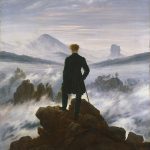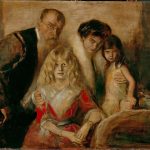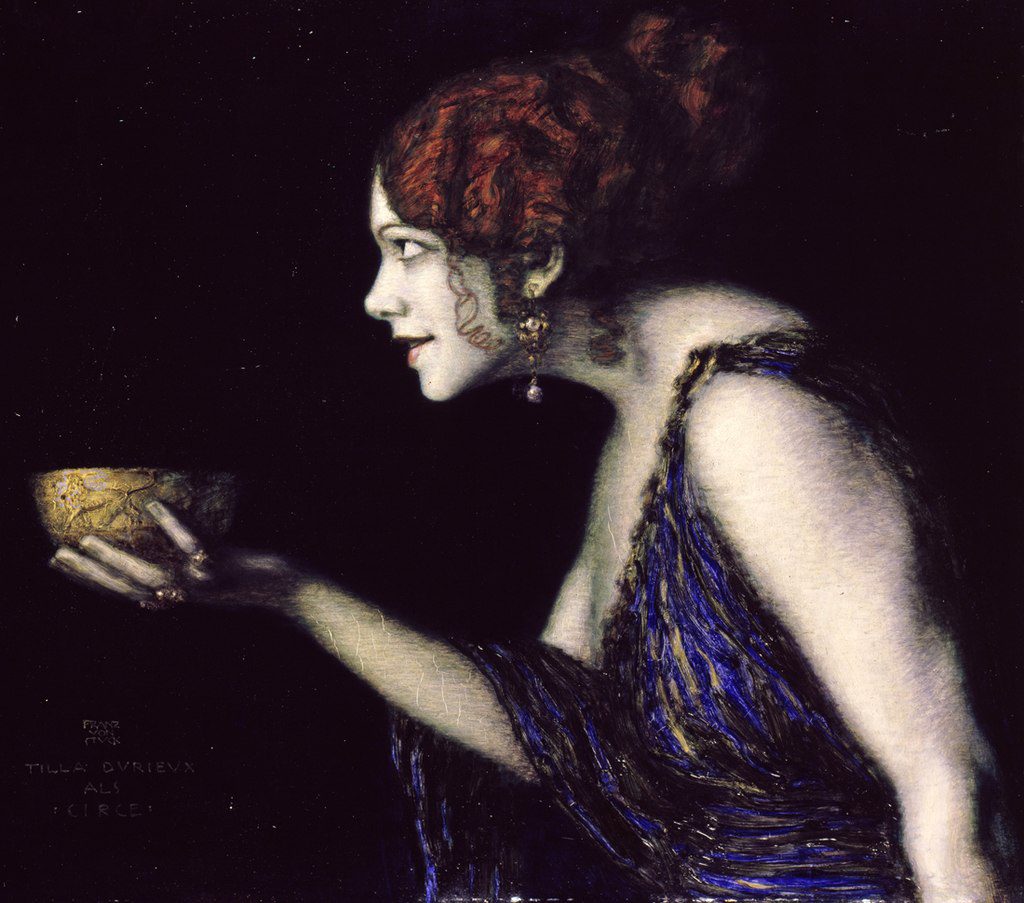
Franz von Stuck was a prominent German painter, sculptor, and designer who lived from February 23, 1863, to August 30, 1928. He is known for his contributions to the Symbolist and Art Nouveau movements, as well as his significant influence on the development of German and European art during the late 19th and early 20th centuries. Here is a biography of Franz von Stuck:
Early Life and Education: Franz von Stuck was born in Tettenweis, a small town in Bavaria, Germany. He displayed a strong aptitude for art from a young age and began his formal artistic education at the Munich Academy of Fine Arts at the age of 17. He studied under notable artists, including Wilhelm von Diez and Gabriel von Hackl, who played a crucial role in shaping his artistic style.
Career: During his early career, Franz von Stuck gained recognition for his illustrations, etchings, and graphic works. He contributed to various publications, including Jugend, a popular German art magazine associated with the Art Nouveau movement. His illustrations often depicted mythological and allegorical themes, showcasing his interest in the symbolic and fantastical.
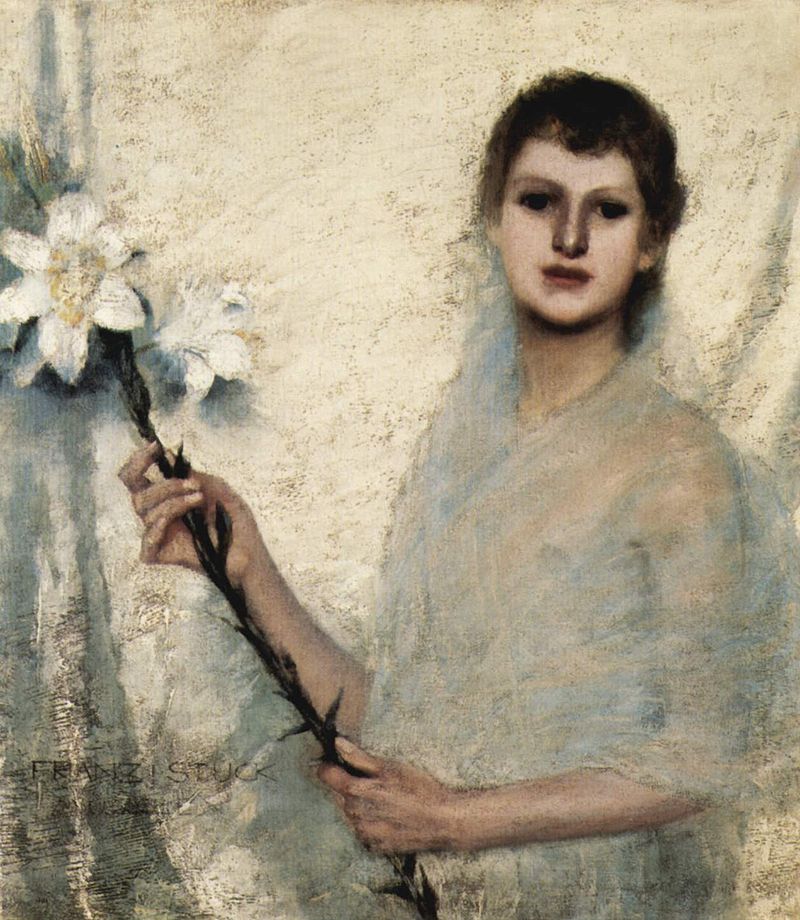
As an accomplished painter, Stuck became a leading figure of the Symbolist movement in Germany. His paintings were characterized by their sensuality, mysticism, and elaborate symbolism. One of his most famous works, “The Sin,” is a prime example of his Symbolist style, depicting a sensuous female figure surrounded by sinuous snakes.
Stuck’s artistic versatility extended to sculpture, and he created several sculptures that were notable for their exquisite craftsmanship and sensual forms. He also designed furniture, jewelry, and various decorative objects in the Art Nouveau style, emphasizing the integration of art into everyday life.
In addition to his creative endeavors, Franz von Stuck was an influential teacher and played a crucial role in shaping the next generation of German artists. He became a professor at the Munich Academy of Fine Arts and mentored several emerging artists who would go on to make significant contributions to the art world.
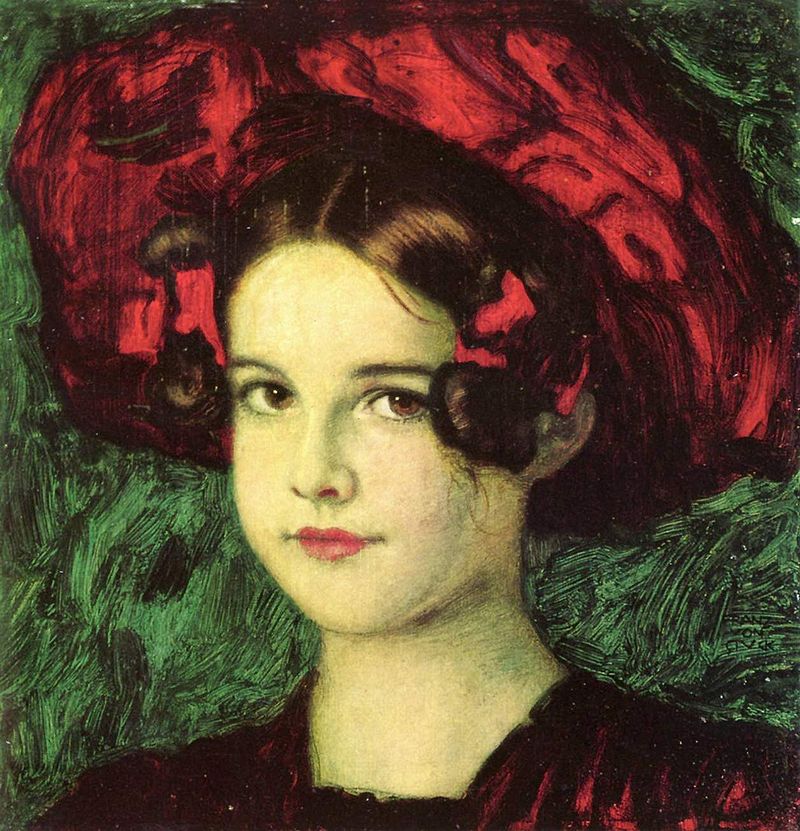
Legacy: Franz von Stuck’s work and influence had a lasting impact on German and European art. His paintings and sculptures are regarded as iconic examples of Symbolism and Art Nouveau, and they continue to be celebrated for their sensuality and intricate symbolism. His dedication to the integration of art into various aspects of daily life exemplifies the ideals of the Art Nouveau movement.
Today, the works of Franz von Stuck can be found in major museums and galleries worldwide, including the Neue Pinakothek in Munich. His legacy as a pioneering artist and educator remains a testament to his enduring impact on the art world, particularly in Germany during the turn of the 20th century.


